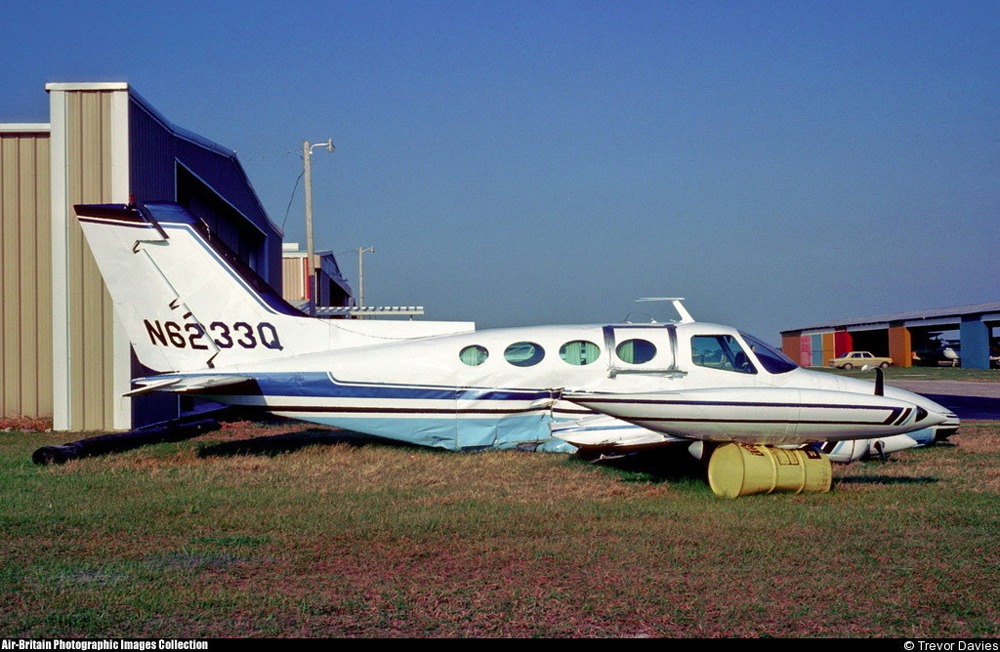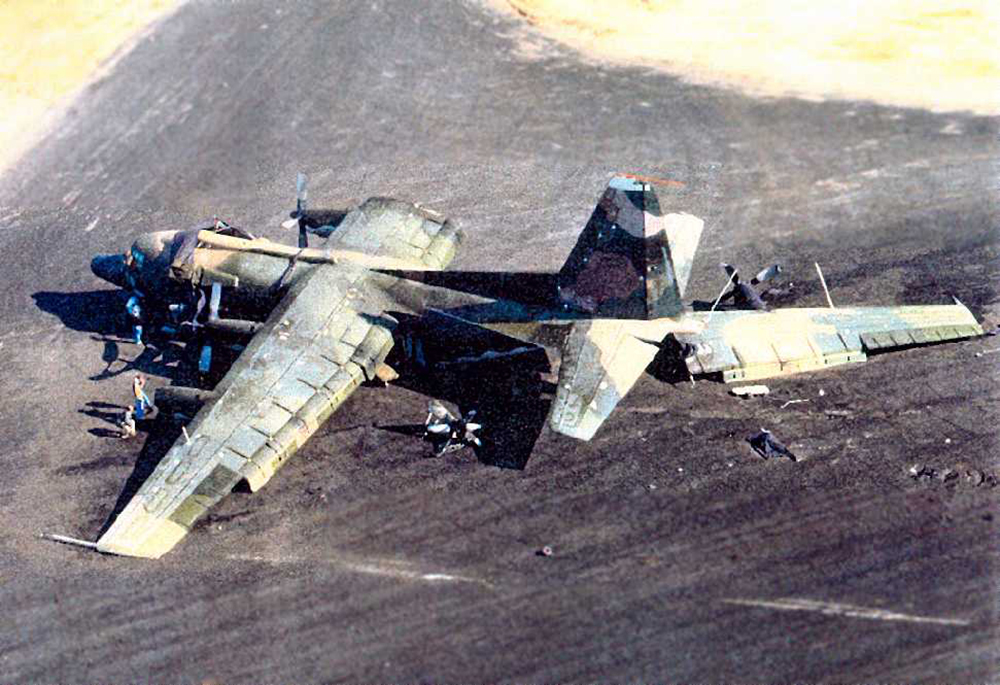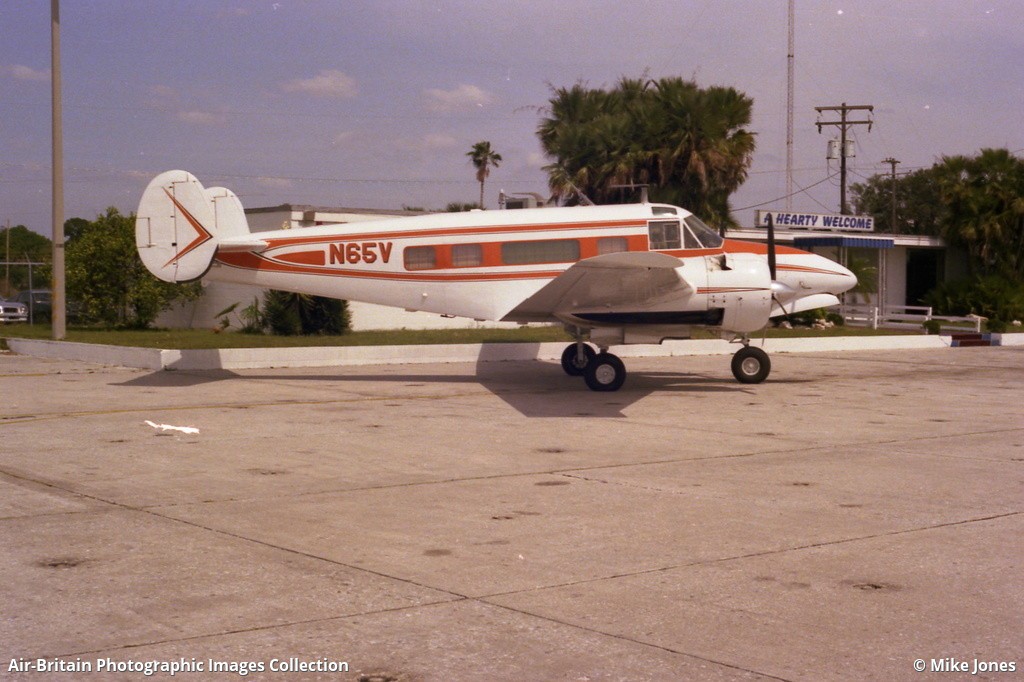Crash of a Beechcraft H18 in Troxelville: 1 killed
Date & Time:
Nov 18, 1980 at 0153 LT
Registration:
N701CC
Survivors:
No
Schedule:
New York-LaGuardia – Pittsburgh
MSN:
BA-740
YOM:
1966
Crew on board:
1
Crew fatalities:
Pax on board:
0
Pax fatalities:
Other fatalities:
Total fatalities:
1
Circumstances:
En route on a cargo flight from New York-LaGuardia Airport to Pittsburgh, while cruising by night in poor weather conditions, the twin engine airplane entered an uncontrolled descent and crashed on a mountain located near Troxelville, Pennsylvania. The wreckage was found three days later and the pilot, sole on board, was killed. At the time of the accident, the visibility was reduced due to foggy conditions and weather was poor with icing conditions.
Probable cause:
Uncontrolled descent and subsequent collision with ground after the pilot attempted operation with known deficiencies in equipment. The following contributing factors were reported:
- Improper in-flight decisions,
- Ice-propeller,
- Airframe ice,
- Icing conditions including sleet, freezing rain,
- Improperly loaded aircraft,
- Deicing equipment and anti-icing system inoperative,
- Visibility two miles or less.
- Improper in-flight decisions,
- Ice-propeller,
- Airframe ice,
- Icing conditions including sleet, freezing rain,
- Improperly loaded aircraft,
- Deicing equipment and anti-icing system inoperative,
- Visibility two miles or less.
Final Report:





